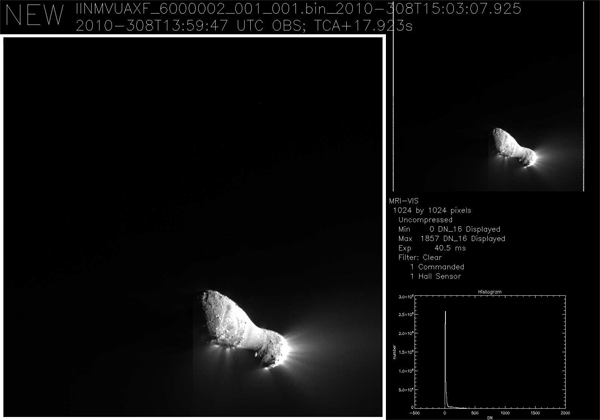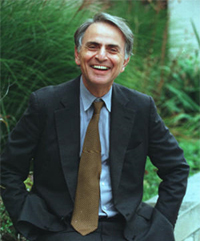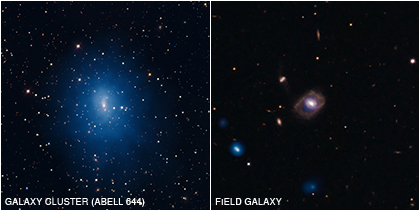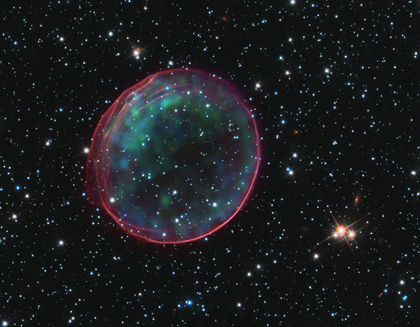Time, Gravity, and the Holiday Season

With the seeming time warp of the holiday season upon us, we decided to look up the answer to a question submitted by a Chandra visitor some time ago on the relationship of time and gravity. (Disclaimer: you may not use this text as an excuse to why you forgot to get your 'favorite' relative a gift this year. That's on you - not Einstein.)
Q:
Why is time influenced by gravity?
A:
Einstein's theory of relativity showed that space and time are not independent. One consequence of this is that time can appear to pass more rapidly or slowly for two different observers depending on their relative velocities and acceleration. According to the theory of relativity, acceleration and gravity are equivalent, so gravity can affect the flow of time.
An Intergalactic Weather Map
This composite image shows an intergalactic "weather map" around the elliptical galaxy NGC 5813, the dominant central galaxy in a galaxy group located about 105 million light years away from Earth. Just like a weather map for a local forecast on Earth, the colored circle depicts variations in temperature across a region. This particular map presents the range of temperature in a region of space as observed by NASA's Chandra X-ray Observatory, with the hotter temperatures shown in red and decreasingly cooler temperatures shown in orange, yellow, green, and blue. The numbers displayed when rolling your mouse over the image give the gas temperature in millions of degrees.
Student Poems Inspired by Chandra Releases (1)
Jonathan Taylor, Senior Lecturer in Creative Writing at De Montfort University in the UK, wrote two poems called 'History Lesson' and 'Black Hole in B-Flat,' both inspired by Chandra discoveries, and featured on Chandra's blog. Because of the success of these poems, Chandra and De Montfort University subsequently ran a competition for Creative Writing undergraduate students, in which they were invited to submit poems inspired by one of Chandra's press releases. The competition aimed to uncover the poetry inherent in the kind of scientific discovery undertaken by Chandra, and the four winning entries certainly succeeded in doing precisely that.
Here are the third and fourth placegetters in the competition. The first and second placegetters will be included in a future blog posting.
NASA Finds Youngest Nearby Black Hole
This composite image shows a supernova within the galaxy M100 that may contain the youngest known black hole in our cosmic neighborhood. In this image, Chandra's X-rays are colored gold, while optical data from ESO's Very Large Telescope are shown in yellow-white and blue, and infrared data from Spitzer are red. The location of the supernova, known as SN 1979C, is labeled (roll your mouse over the image above).
Happy Anniversary, X-rays!

Today, Google is marking the 115th anniversary of the discovery of X-rays by William Roentgen, a German physicist. Here at the Chandra blog, we are not sure if this exact date is the most important one, but we do know that he made his discovery some time during 1895. And, hey, we are always in the mood for a little celebration of all things high-energy.
Cold as Ice: X-rays from Comets
The last time I wrote a blog entry on the Sun was about two months ago. I noted that although the Sun had an outburst in August it was still fairly quiet. It remains fairly quite, although the sunspot numbers have been steadily creeping up for the last few months and there were four weak "C-class" flares last week. The observed rates are still only about two-thirds of the predicted values. In general, this has meant a quiet couple of months for spacecraft operations-at least as far as radiation response is concerned.







